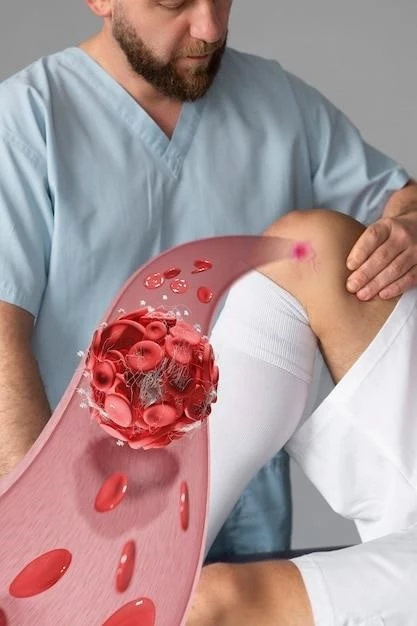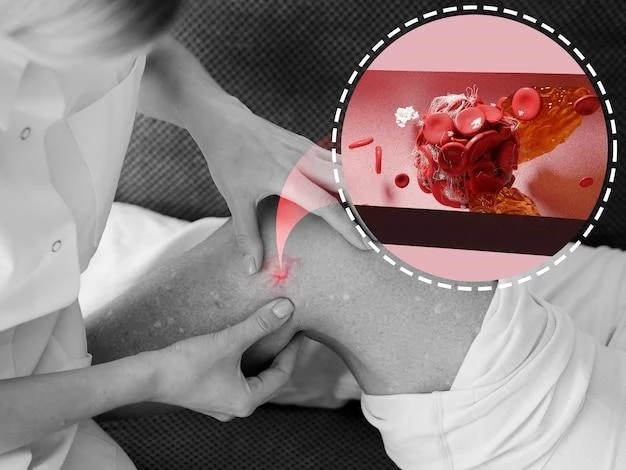Causes of Abdominal Aortic Aneurysm
Abdominal Aortic Aneurysms commonly result from genetic factors and atherosclerosis.
Genetic Factors
Genetic factors play a significant role in the development of Abdominal Aortic Aneurysms, with a family history of the condition increasing the risk. Mutations in certain genes, such as those involved in connective tissue integrity, can predispose individuals to aneurysm formation.
Atherosclerosis
Atherosclerosis, a condition characterized by the buildup of plaque in the arteries, is a key factor in the development of Abdominal Aortic Aneurysms. The progressive narrowing and weakening of the arterial walls due to atherosclerosis can lead to the formation of an aneurysm in the abdominal aorta.
Symptoms of Abdominal Aortic Aneurysm
Most Abdominal Aortic Aneurysms are asymptomatic; however, a ruptured aneurysm can cause severe symptoms.
Asymptomatic
Abdominal Aortic Aneurysms often do not present any symptoms, making them challenging to detect without imaging studies. Regular screening is crucial for individuals at risk, especially men over 65 and those with a family history of aneurysms.
Ruptured Aneurysm Symptoms
Symptoms of a ruptured Abdominal Aortic Aneurysm include sudden, severe abdominal or back pain, dizziness, rapid heartbeat, and in some cases, loss of consciousness. This is a medical emergency that requires immediate evaluation and treatment to prevent life-threatening complications.
Diagnosis of Abdominal Aortic Aneurysm
Diagnosing Abdominal Aortic Aneurysms typically involves physical examination and imaging tests.
Physical Examination
During a physical examination for an Abdominal Aortic Aneurysm, a healthcare provider may palpate the abdomen to check for a pulsating mass. Additional tests like ultrasound or CT scans are often needed to confirm the diagnosis and assess the size and extent of the aneurysm.
Imaging Tests
Imaging tests such as ultrasound, CT scans, or MRI are commonly used to diagnose and monitor Abdominal Aortic Aneurysms. These tests provide detailed images of the aorta, helping healthcare providers evaluate the size, shape, and location of the aneurysm to determine the most appropriate treatment approach.
Treatment options for Abdominal Aortic Aneurysm
Various treatment options include Watchful Waiting and Endovascular Aneurysm Repair (EVAR).
Watchful Waiting
Watchful Waiting involves monitoring the size and growth of the Abdominal Aortic Aneurysm through regular imaging tests. This approach is often recommended for smaller aneurysms that do not pose an immediate risk, with the aim of intervening if the aneurysm reaches a certain size threshold.
Endovascular Aneurysm Repair (EVAR)
Endovascular Aneurysm Repair (EVAR) is a minimally invasive procedure that involves placing a stent graft inside the aneurysm to reinforce the aortic wall. This approach is often preferred for patients who are at high risk for traditional open surgery, as it can lead to faster recovery and reduced postoperative complications.
Risk factors for Abdominal Aortic Aneurysm
Age and smoking are key risk factors associated with Abdominal Aortic Aneurysm development.
Age
Advancing age, particularly in individuals over 65, is a significant risk factor for the development of Abdominal Aortic Aneurysms. As age increases, the likelihood of aortic wall weakening and aneurysm formation rises, highlighting the importance of regular screening for older individuals.
Smoking
Smoking is a major modifiable risk factor for Abdominal Aortic Aneurysm development. The harmful chemicals in tobacco can weaken the aortic walls and accelerate atherosclerosis, increasing the likelihood of an aneurysm. Quitting smoking is crucial in reducing the risk of aneurysm formation and progression.
Recovery and Rehabilitation after Abdominal Aortic Aneurysm surgery
Post-surgery recovery involves a hospital stay followed by a structured physical therapy program.
Hospital Stay
After Abdominal Aortic Aneurysm surgery, patients typically require a hospital stay for monitoring and recovery. Close observation by healthcare professionals is necessary to manage any postoperative complications and ensure a safe transition towards the rehabilitation phase.
Physical Therapy
Physical therapy plays a crucial role in the recovery and rehabilitation process post Abdominal Aortic Aneurysm surgery; It focuses on regaining strength, mobility, and function, aiming to enhance overall cardiovascular health and reduce the risk of future complications. Engaging in a tailored physical therapy program is vital for optimal recovery.
Prevention strategies for Abdominal Aortic Aneurysm
Emphasizing a Healthy Diet and Regular Exercise are key preventive measures against Abdominal Aortic Aneurysm.
Healthy Diet
Adopting a nutritious diet rich in fruits, vegetables, whole grains, and lean proteins can help prevent Abdominal Aortic Aneurysms. A diet low in saturated fats, cholesterol, and sodium can contribute to maintaining vascular health and reducing the risk of aneurysm formation.
Regular Exercise
Engaging in regular physical activity, such as aerobic exercises and strength training, can help reduce the risk of Abdominal Aortic Aneurysm. Exercise improves cardiovascular health, strengthens blood vessels, and promotes overall well-being, contributing to the prevention of aneurysm development. Consultation with a healthcare provider is recommended before starting an exercise regimen.

Lifestyle changes for managing Abdominal Aortic Aneurysm
Incorporating Smoking Cessation and Stress Management are vital lifestyle changes for managing the condition.
Smoking Cessation
Quitting smoking is essential in managing Abdominal Aortic Aneurysm. Cessation helps to reduce the progression of atherosclerosis, lower blood pressure, and improve overall cardiovascular health, decreasing the risk of aneurysm enlargement and rupture. Support from healthcare professionals and cessation programs can aid in successfully quitting smoking.
Stress Management
Effective stress management is crucial for individuals with Abdominal Aortic Aneurysm. High stress levels can contribute to elevated blood pressure and heart rate, potentially exacerbating the condition. Utilizing relaxation techniques, mindfulness practices, and seeking support from mental health professionals can aid in reducing stress and promoting cardiovascular health.
